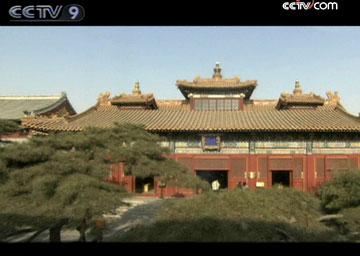Yonghegong Lamasery

The Yonghegong Lamasery is located in the northeast of Beijing and covers a space of 660-thousand square meters. It resembles an imperial palace with its red walls and yellow roofing tiles. It is the largest Buddhist temple of the Yellow-sect in Beijing and has been completely preserved. Built in 1694 as the residence of Prince Yin Zhen, the fourth son of the Emperor Kangxi, it was called "the Palace of Prince Yong." After Yin Zhen became the Emperor, he continued to use it as an imperial palace. In 1744, it was converted into a lamasery. Yonghegong is the most renowned Tibetan Buddhist temple in China outside the Tibet Autonomous Region and holds treasures of both the Han and Tibetan cultures.
Yonghegong Lamasery faces south. The building is grand with a unique character and its Buddhist statues are very precious. It consists of an archway and five grand halls in addition to another four academic halls on either side - the Hall of Teaching Buddhist Scripture, the Hall of the Esoteric Sect, the Hall of Mathematics, and the Hall of Medicine.